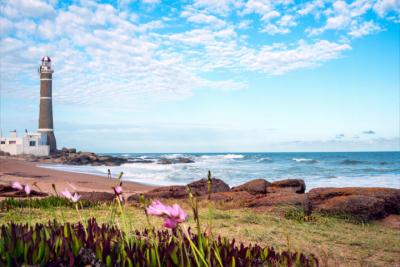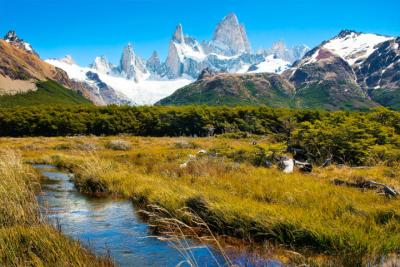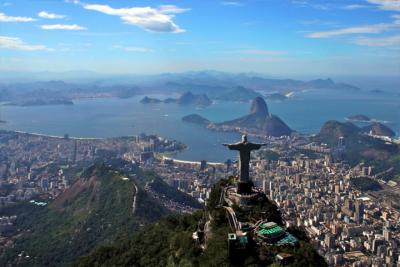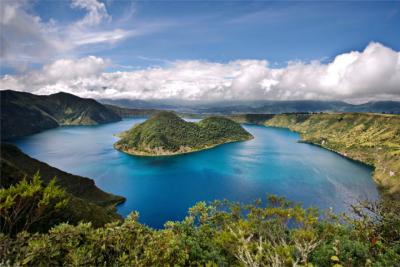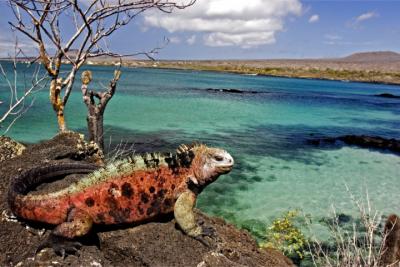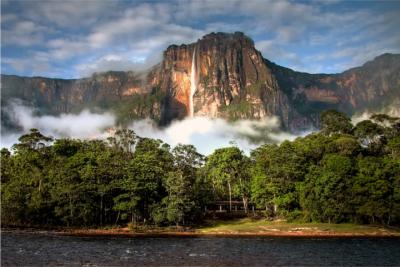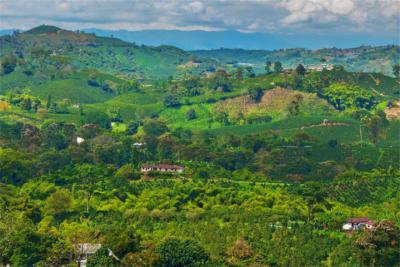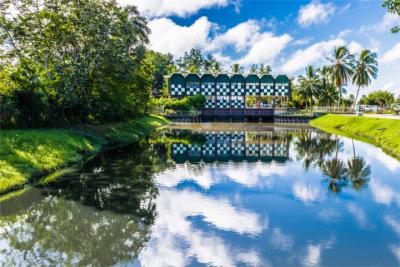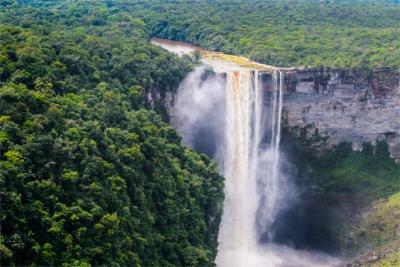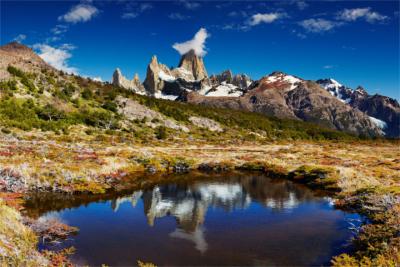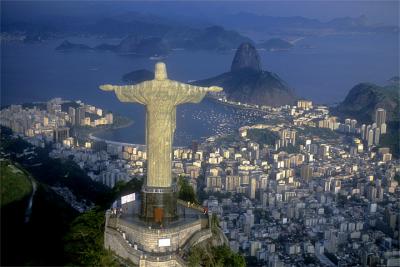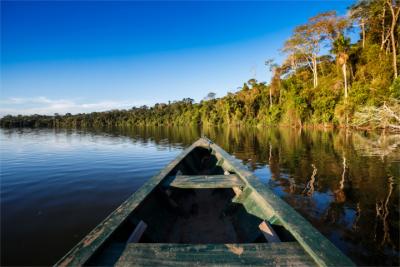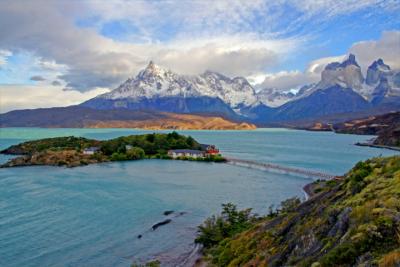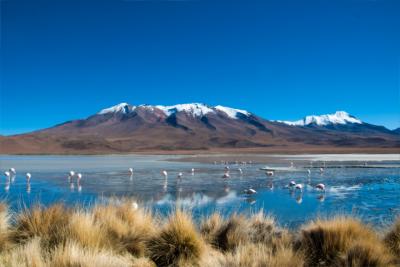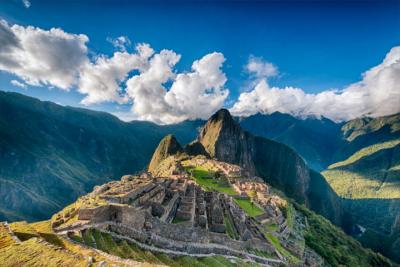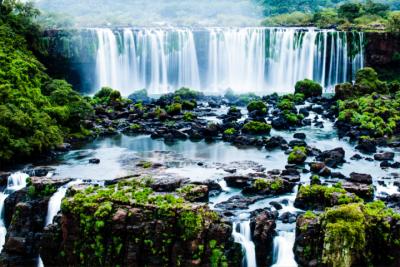Travel Offers
Travelmyne Featureprint
Distance
Peru – Native American Culture and the Andes
In the mighty mountains of the Peruvian Andes you find the magnificent sites of the legendary Inca. The country's deserts are crossed by mysterious Nazca lines and the east of the country is covered in the gigantic rainforest of the Amazon Basin. Peru fascinates travellers with its spectacular landscapes and its Native American culture.
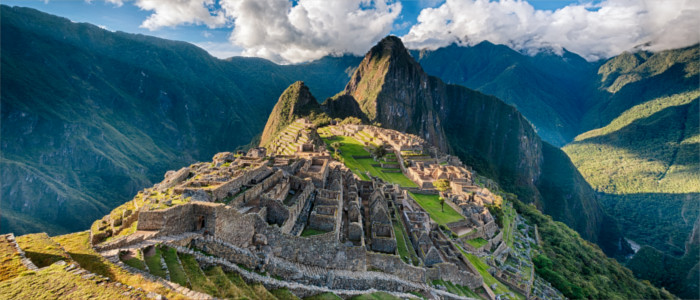
Geography - Characterised by high mountains, vast plains and long coasts
Peru is located in the west of South America and borders on the Pacific Ocean. A flat coastal region is followed by the gigantic mountains of the Andes which have tops with heights of up to 6,700 metres. Toward the country's centre there are flat, vast areas. Peru's climate ranges from desert to tropical climate to the icy mountain world which is constantly covered in snow.
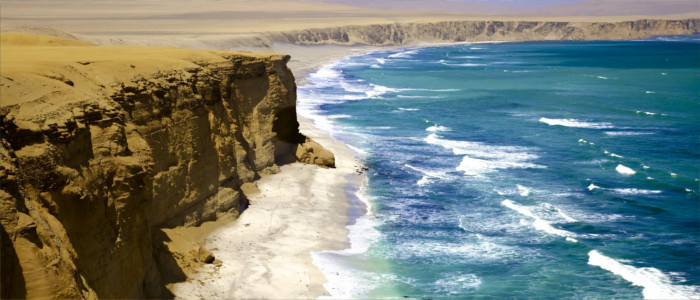
Nature - Atacama Desert, Andes and rainforest
Numerous birds, including penguins, live at the seaside. The following region mainly consists of deserts with the tails of the Atacama desert in the south of the country as one of the driest regions on earth. Only hardy grasses, pricky shrubs and cactuses grow there. The rivers originating in the Andes, on the other hand, constitute fertile oases. Deeply indented, mostly narrow valleys and rugged mountains characterise the mountain world. The gigantic plateau Altiplano in the Andes with Lake Titicaca as well as the cones of volcanoes, some of which are still subtly active, also belong to Peru's mountain landscape. The lower regions are covered in thick broadleaf forests. You see terraced fields at the hillsides of each patch of fertile ground. The steep, high mountain tops of the Andes are covered in perpetual ice and snow. Andean bears, llamas, alpacas and condors populate this inhospitable world. The mountains are followed by the lush, gigantic rainforest of the Amazon Basin toward the east. The thick jungle is vegetated by rubber and mahogany trees, and is almost impenetrable in many places. You can often only travel on the rivers, some of which converge in Peru to form the mighty Amazon. Jaguars, pumas, tapirs, monkeys and sloths ramble through the thicket of the jungle.
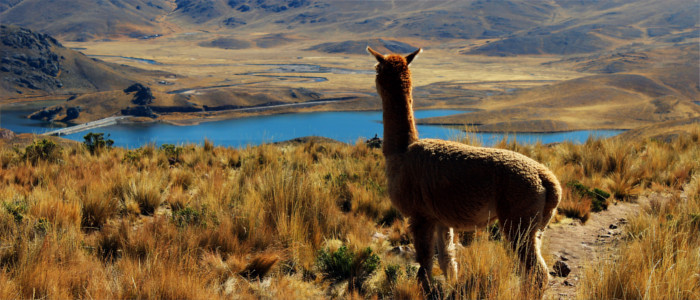
Natural sights - From Lake Titicaca to the Colca Valley
Lake Titicaca lies at a height of 3,800 metres and is the world's highest navigable lake. You can discover this body of water starting from Puno, for example. There you also find the 40 floating islands of the Uros. They have been built from reed and mud and have been populated for centuries. A boat trip – for example in a nostalgic steamboat – over the 304 metre deep lake, which accommodates many aquatic plants, orestias, parasitic catfish, flamingos and Titicaca grebes, is definitely a worthwhile activity. Travellers who want to gain a varied insight into Peru's landscapes should visit the Manú National Park. Diverse, thick rainforest, mountain forests and steppes, which each have their own exotic flora and fauna, exist next to each other there. Trekking tours on foot or by boat, which include overnight stays in the park, are possible. You can explore the unique, lush nature of the Amazon Basin starting from the city Iquitos. The Colca Valley, which contains the second deepest canyon on earth, provides a great insight into Peru's harsh, wild mountain world. In some places, the walls slope up to 1,500 metres into the deep. The Valley also appeals with its rock paintings and caves. At "Condor's Cross" you can watch the mighty bird. The peninsula Paracas is populated by whales, sea lions, sea turtles and many types of birds such as condors, penguins and pelicans.
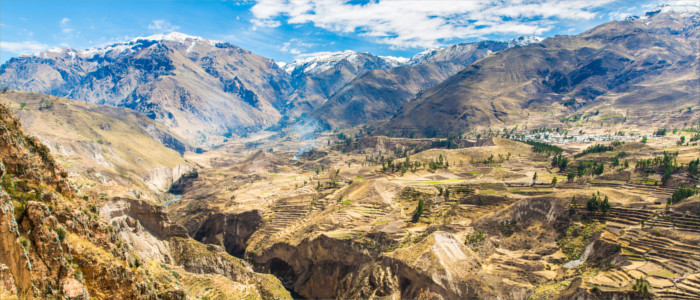
Culture - The heritage of the Inca Empire
Mighty Native American empires existed on Peru's territory in the past. The most famous and influential one is the Inca Empire, which spread over large parts of northern South America from 1200 to 1532. It comprised gigantic, technically sophisticated cities. The Empire was destroyed during the Spanish conquest under Francisco Pizarro in the 16th century. In the 19th century the troops of the South American independence fighter Simón Bolivar drove the colonial rulers out of the country. Today Peru is populated by many people of indigenous origin, including 15 isolated Native American tribes. The Native American influences are apparent in numerous traditions and customs such as the lively celebrations which are accompanied by drum music, at which the habitants wear colourful costumes and masks.
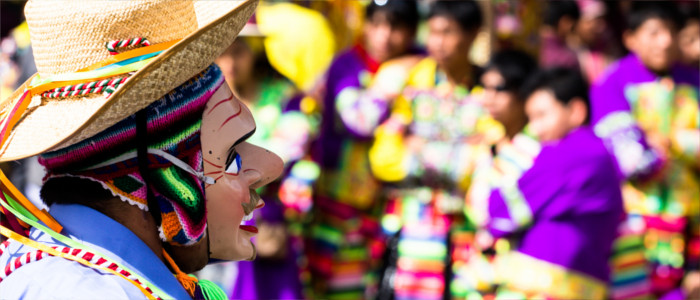
Cultural sights - Machu Picchu, Nazca lines and capital Lima
For a long time it was well hidden and undiscovered on a plateau in the Urubamba Valley: the legendary Inca site Machu Picchu from the 15th century, which is without doubt the greatest highlight on a journey through Peru. About 200 temples and residential houses are arranged around a central square there. They are connected to each other via a sophisticated irrigation and staircase system. Cusco was once the most important Inca town. Parts of present-day streets were paved during this era. The Incas' phenomenal art of construction is also shown in the mighty mountain fortress Sacsayhuaman and the sun temple Qurikancha. Gigantic paintings cross the desert near Nazca. The so-called Nazca lines, which were created by an ancient culture, still pose a riddle to researchers. Their triangles, trapeziums, helices and figures such as birds, fish and people are only visible from the air. The greatest one is 285 metres long. Other impressive archaeological sites are the ruins near Umayo, the chulpas of Sillustani and the ruined city Choquequirao. The capital Lima is worth a visit due to its beautiful colonial buildings, cathedrals, palaces, Inca testimonies and museums (for example the Museum of the Nation and the Gold Museum). A trip to the Plaza de Armas, the former colonial centre, provides an insight into the country's history. In addition, Lima has lively, modern boroughs, which are great places for shopping and going out. Another tourist destination is Arequipa, the "White City" against the backdrop of the volcano El Misti. Besides its many beautiful historical buildings, the Santa Catalina Monastery is one of the city's important sights.
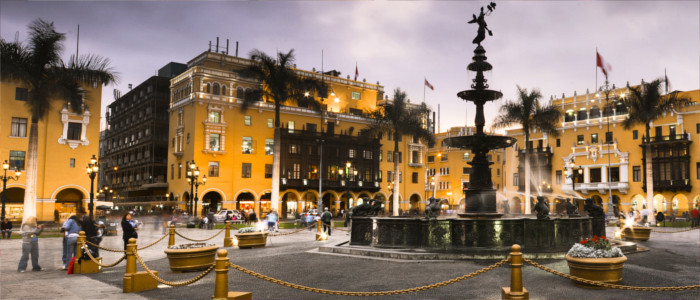
Experience - Diving into the Peruvians' daily life
A wonderful way of getting to know the country and its population is taking part in everyday life, for example in the Lares Valley or in Cambria, Cajamarca and Trujillo. There are different offers for cooking and eating with local inhabitants. Peru's cuisine is unbelievably diverse. Seafood like fish, prawns or mussels are on the menu. Stuffed bell peppers, hearty soups containing maize or potatoes and beans are also part of the country's cuisine. In addition, guinea pigs and alpacas are eaten. Dishes are generally highly seasoned with spicy paprika peppers, pepper and garlic. For centuries people have been drinking the maize drink chicha. The liqueur pisco, which is made of lime juice, liquid egg whites, cinnamon and sugar, is also a traditional product. When visiting Peru, you can also watch craftspeople doing their thorough work or have a try at weaving. Traditional products are created that way such as bulls made of clay (Toritos de Pucara), small ceramic houses or churches, carpets, ponchos, pullovers and scarves made from alpaca wool as well as gold and silver jewellery. The Inca festival Inti Raymi, which is celebrated in Cusco in June every year, provides an extraordinary, spectacular insight into the life of the ancient advanced civilisation. Inca rituals, parades, dances and competitions take place. Peru also has a colourful nightlife, which gives visitors the opportunity to dance samba and merengue until the early morning hours or to listen to local folk music.
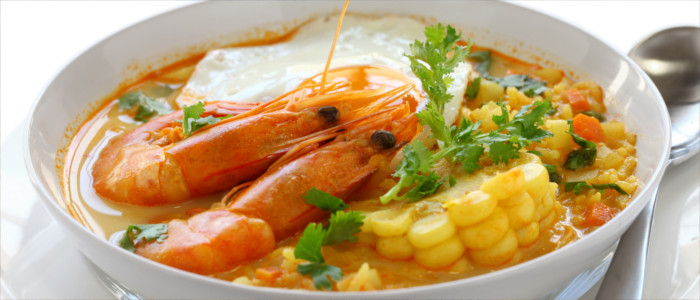
Activities - Hiking on the Inca trail, relaxing on Lake Titicaca
The beautiful, native landscape of the Andes contains great hiking routes. Their best-known path is the Inca Trail from Cusco to Machu Picchu, which offers many ruins, magnificent mountains and a wonderful view of the rainforest (attention: you have to book in advance to be allowed on the trail). The mountains are a great location for climbing, mountain biking and rafting and the harsh region can also be explored by Jeep. In addition, you can swim at or take walks along Peru's beautiful beaches. The coastal waters, especially those near Mancora, are very well suited for surfing and paragliding. Adventurous cart races through the desert and sandboarding are possible on the sand dunes near Huacachina. Travellers can relax on a boat tour on Lake Titicaca, for example.
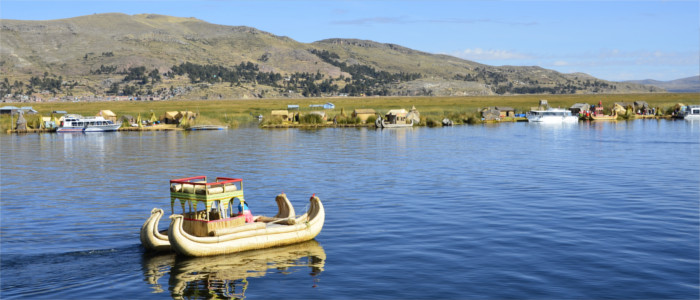
Information
You can reach Peru by plane via the airport in the capital Lima (LIM). Flights are also a great means of transport for travelling within the country. Taking the bus is also a good and cheap option. Furthermore, there are ferry connections over the Amazon from Leticia (Colombia) and Tabatinga (Brazil) to Iquitos. Besides many indigenous languages, Spanish is spoken by most people.
Peru gives lovers of nature the opportunity to experience different, spectacular landscapes like the desert, high mountains and the lush rainforest all in one country. The diverse, native nature also offers a wide range of activities for travellers who want to be active on their holidays. In addition, Peru is a paradise for lovers of culture with its unique historical sites, especially those built by the Incas.

